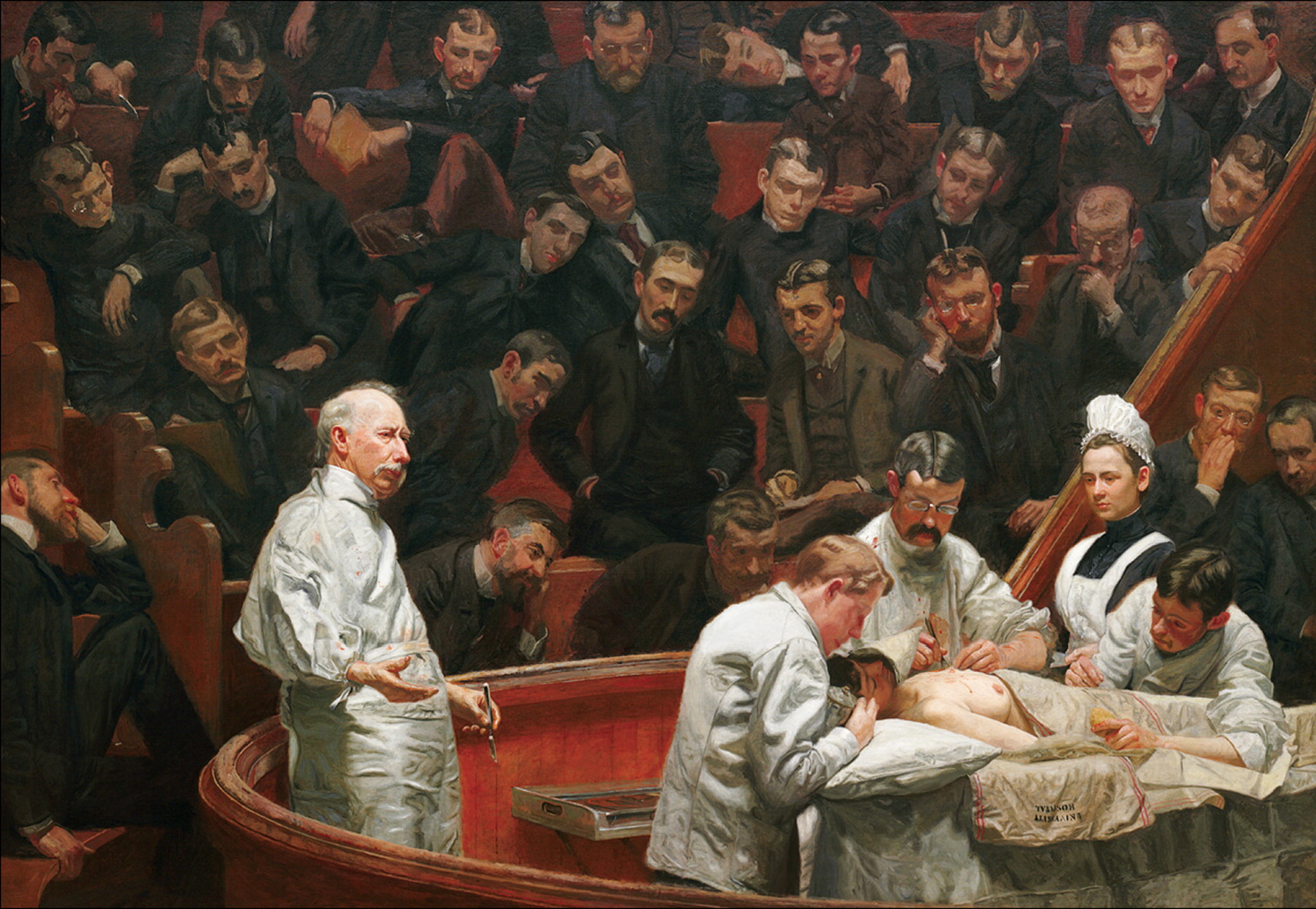
Did you know that diploma mills existed over 100 years ago? They were often medical colleges – of which many were for-profit! “A favorite form of diploma mills was the “medical college.” Medical schools usually had no campus, no laboratories, no faculty, and no curriculum. They did have the power to confer degrees, especially to those who had made donations to particular campaigns and causes. Such examples are significant for contemporary discussions of quality and accreditation because they call into question the assumption that modern standards of academic rigor have slipped from those of an earlier era.
Most medical schools were freestanding – what we would call for-profit schools. Some had a loose nominal affiliation with a liberal arts college, but there was little interaction. Instruction, curriculum, faculty, students, budget, and site were functionally separate. The course of study varied greatly from place to place, ranging from one to three years. Instruction usually included a mix of lectures on anatomy, discourses on theories of disease, and other topics left to the discretion of instructors. Apart from these rudimentary lessons, the medical curriculum had little if any connection with new scholarship in chemistry and the biological sciences.

Medical schools were usually located in cities, relying on rented buildings rather than permanent facilities. They had no laboratories, although access to a cheap, steady supply of cadavers was imperative. Dissection, usually optional and apart from lectures, was pursued by small groups of students; usually at night. Instruction was offered strictly on a pay-as-you go basis. Finances were so central to medical school faculty that students were required to purchase a nonrefundable ticket to each lecture. Another source of revenue was the exam fee, paid directly to the professor. And at some medical schools, students were required to take the final examination twice. The aim could conceivably have been to assure high quality of academic work, although the obsession with revenue is a more plausible explanation, for the student had to pay a separate fee for the second, perfunctory examination.
In fact, in the 1890s Harvard used its medical school as a safe place to admit those sons of wealthy alumni who could not pass the undergraduate college admissions examination.”
“In short, in the colonial college era a college degree was seldom, if ever. a prerequisite for the practice of any learned profession, including law and medicine which underscores the limited mission and scope of the colonial colleges.” Content from Thelin’s chapter on Colonial Colleges


